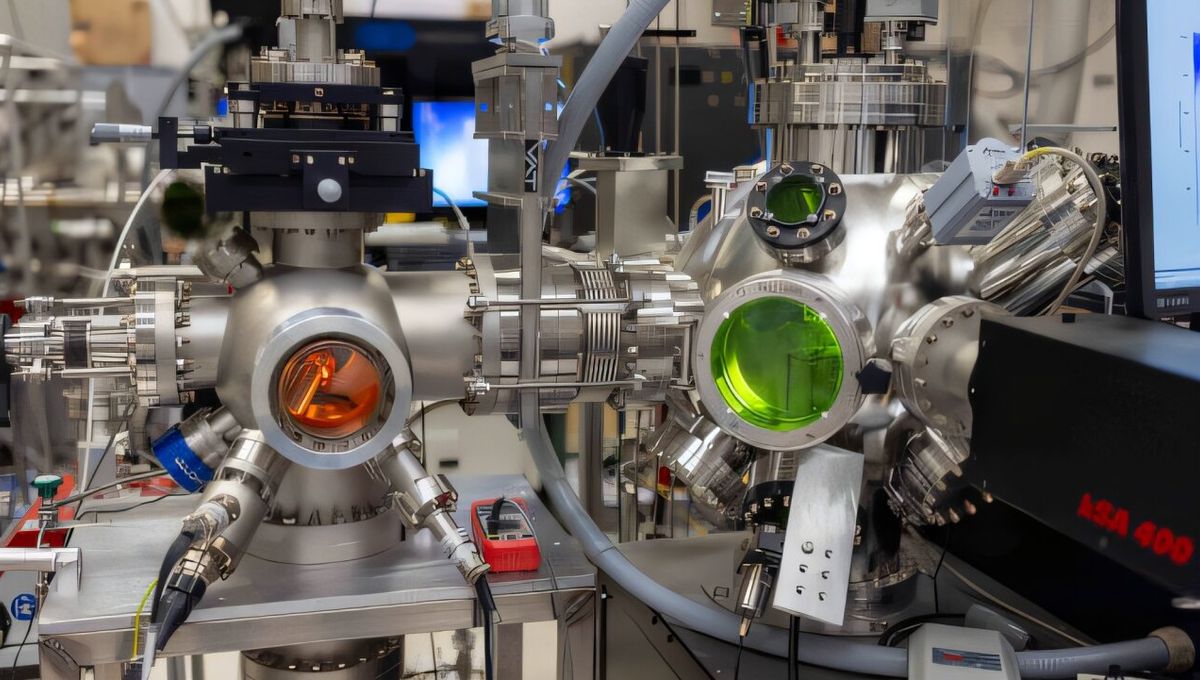
Humanity has been creating new materials since the age of bronze (which does not occur naturally) and since the breakthrough in modern science, we have been able to make some truly peculiar substances. Now, two materials that possess properties that are truly extraordinary have been sandwiched together into a new quantum structure with very unusual magnetic properties.
The first of the two materials is a dysprosium titanate. This is an inorganic compound that is used in nuclear reactors with an extremely important role: it traps radioactive materials. This alone would guarantee dysprosium titanate a place in the Compounds Hall Of Fame, but inside this material, it is possible to see something truly unique: magnetic monopoles.
If you were thinking “Aren’t magnetic monopoles just hypothetical?” you’d be correct. Anything with a magnetic field in the universe has a north pole and a south pole. If you break a bar magnet in half you end up with two magnets each with two poles. Magnetic monopoles in vacuum could exist but have not been found, but in materials known as spin ice (like dysprosium titanate), it is possible to have quasiparticles that resemble the predicted monopole.
The other layer of the structure is pyrochlore iridate, a new magnetic semimetal that might not have the application of dysprosium titanate but possesses another never-seen-before quasiparticle: the Weyl fermion. This was proposed almost a century ago, but only exists in these Weyl semimetals.
To create the peculiar quantum structure by merging atom-thick layers of the materials is easier said than done. One can’t just stick them together, and so the team had to devise a way to build this new material. The instrument is called Q-DiP, short for quantum phenomena discovery platform. It has one infrared laser that heats up material and another that can help arrange the compounds on an atomic level.
“This study is a big step forward in material synthesis and could significantly impact the way we create quantum sensors and advances spintronic devices,” principal investigator professor Jak Chakhalian, from Rutgers University, said in a statement. “To the best of our knowledge, this probe is unique in the U.S. and represents a breakthrough as an instrumental advance.”
The team is investigating the properties of the new material that might have applications in quantum sensors as well as in quantum computing.
“This work provides a new way to design entirely new artificial two-dimensional quantum materials, with the potential to push quantum technologies and provide deeper insight into their fundamental properties in ways that were previously impossible,” Chakhalian said.
A paper describing the result is published in the journal Nano Letters.
Source Link: Quantum Structure Thought Impossible Created By Merging 2 Synthetic Materials